当前位置:
X-MOL 学术
›
Phys. Rev. B
›
论文详情
Our official English website, www.x-mol.net, welcomes your
feedback! (Note: you will need to create a separate account there.)
Light-induced orbital magnetism in metals via inverse Faraday effect
Physical Review B ( IF 3.2 ) Pub Date : 2024-09-03 , DOI: 10.1103/physrevb.110.094302 Priya Sharma 1, 2 , Alexander V. Balatsky 1, 3, 4, 5
Physical Review B ( IF 3.2 ) Pub Date : 2024-09-03 , DOI: 10.1103/physrevb.110.094302 Priya Sharma 1, 2 , Alexander V. Balatsky 1, 3, 4, 5
Affiliation
|
|
We present a microscopic calculation of the inverse Faraday effect in metals. We derive a static local magnetic moment induced on the application of high-frequency light, using the Eilenberger formulation of quasiclassical theory. We include the effect of disorder and formulate a theory applicable across the entire temperature range, in the absence of external applied fields. For light-induced electric fields of amplitude , the induced fields are large for metallic Nb. The predictions of our theory agree with recent experimental and theoretical results [O. H.-C. Cheng et al., Nat. Photon. 14, 365 (2020) and J. Hurst et al., Phys. Rev. B 98, 134439 (2018)]. An extension of this approach to superconductors would open a new route of inducing orbital magnetic field and potentially vortices in superconductors.
中文翻译:

通过反法拉第效应在金属中产生光感轨道磁性
我们提出了金属中反法拉第效应的微观计算。我们使用准经典理论的艾伦伯格公式推导了高频光的应用引起的静态局部磁矩。我们考虑了无序的影响,并制定了一种在没有外部应用场的情况下适用于整个温度范围的理论。对于振幅的光感应电场 ,感应场很大 对于金属铌。我们理论的预测与最近的实验和理论结果一致[O. H.-C。程等人。 ,纳特。光子。 14 , 365 (2020) 和 J. Hurst等人。 ,物理。修订版 B 98 , 134439 (2018)]。这种方法扩展到超导体将开辟一条在超导体中感应轨道磁场和潜在涡旋的新途径。
更新日期:2024-09-03
中文翻译:

通过反法拉第效应在金属中产生光感轨道磁性
我们提出了金属中反法拉第效应的微观计算。我们使用准经典理论的艾伦伯格公式推导了高频光的应用引起的静态局部磁矩。我们考虑了无序的影响,并制定了一种在没有外部应用场的情况下适用于整个温度范围的理论。对于振幅的光感应电场 ,感应场很大 对于金属铌。我们理论的预测与最近的实验和理论结果一致[O. H.-C。程等人。 ,纳特。光子。 14 , 365 (2020) 和 J. Hurst等人。 ,物理。修订版 B 98 , 134439 (2018)]。这种方法扩展到超导体将开辟一条在超导体中感应轨道磁场和潜在涡旋的新途径。


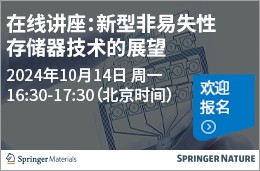
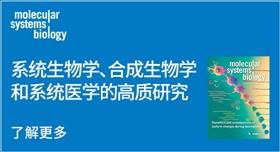
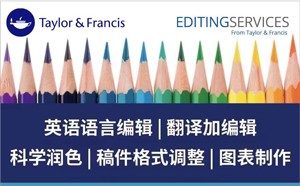
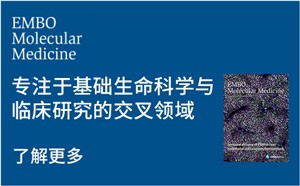






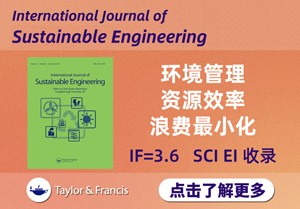
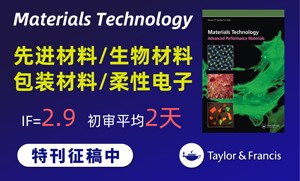


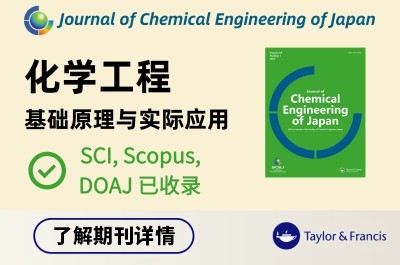


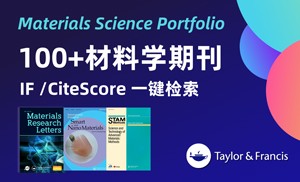
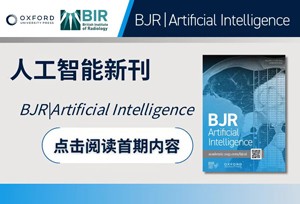
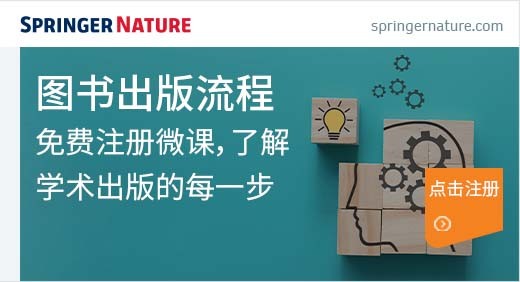



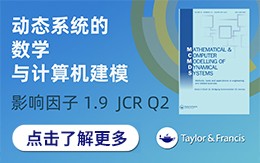
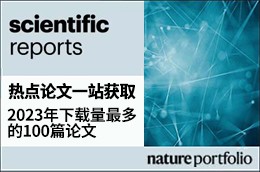

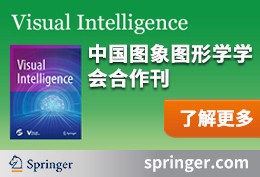
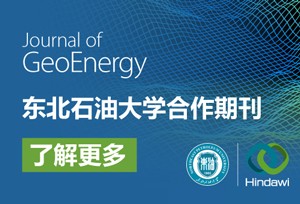
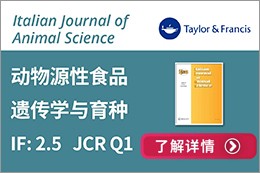



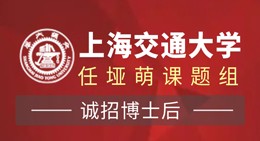


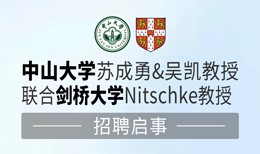







 京公网安备 11010802027423号
京公网安备 11010802027423号